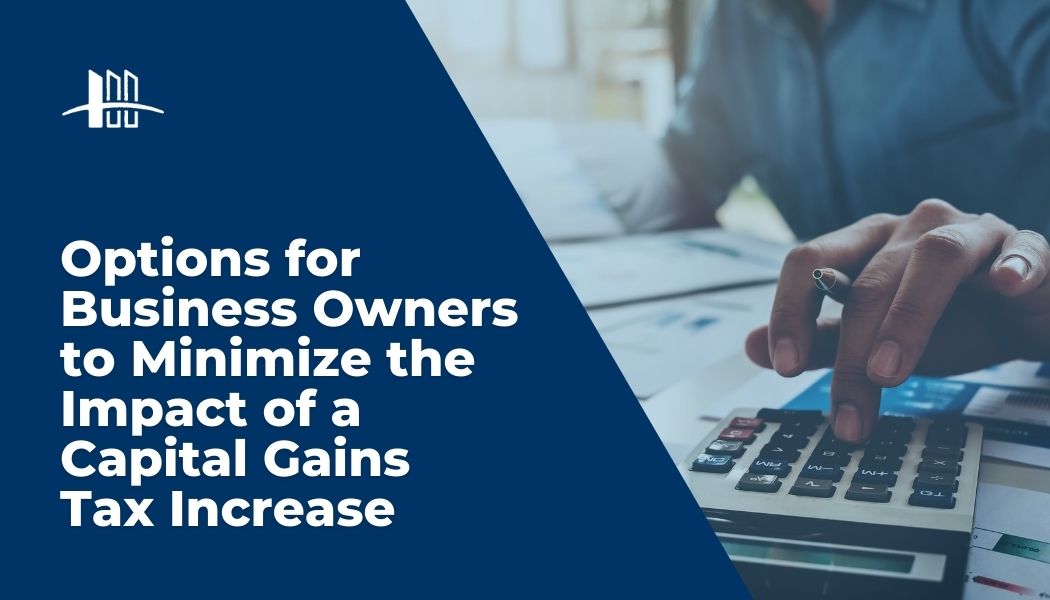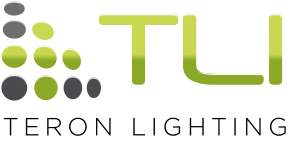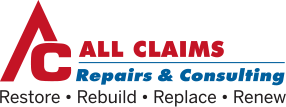Business owners contemplating a sale or majority recapitalization have options for avoiding a hefty capital gains tax.
private equity investment
Business owners who are or may be contemplating a sale or majority recapitalization of their company have a couple of options for avoiding a hefty capital gains tax liability come January 2022, when the capital gains tax is likely to increase from 20% to 39.6%.
One option is for business owners to accelerate their retirement or succession planning timeline and complete the transaction in 2021, which will be taxed at the current capital gains tax rate of 20%.
When it is not possible to complete a transaction in 2021, or if a business owner is not ready to retire or transition the business yet, business owners may choose a second option: partner with a private equity firm and partially capitalize in the near term (prior to the tax change) via a partial sale. This enables the business owner to withhold meaningful equity for the future while simultaneously achieving some near-term liquidity in a favorable tax environment.
When the eventual second sale occurs, the owner will be able to realize further value through their retained equity from the prior transaction. At this point, 3-6 years down the road, the Company will likely have substantially increased its profitability and will sell at a multiple of that enhanced EBITDA level. The retained equity will allow the owner to capitalize on the growth between the first and second sale, without compromising their personal timeline.

The Benefits of Partnering with a Private Equity Firm
One of the biggest advantages to working with a private equity firm for selling, transitioning or recapitalizing a business is the experience and resources the PE firm can provide to help guide and implement a common-sense approach to reaching goals. A PE partner can help a business achieve operational efficiencies, execute growth strategies, bolster middle management to create a smoother transition, and protect the business owner from potential risks. The two entities work to align interests to ensure a highly successful outcome.
In a partial recapitalization scenario, businesses have the opportunity to maximize long-term value while working alongside their PE partner. For Roebling Capital Partners this is an ideal scenario, as we prefer partnering with sellers who want to remain involved and active in the ongoing success of their company.
A Look at Rollover Equity Scenarios in More Detail
Table 1 illustrates various scenarios for selling or recapitalizing a business in the next two years.
Options 1 and 3 are a complete sale with no rollover equity; the difference is the capital gains tax rate, which is higher in 2022 and results in decreased net proceeds versus selling in 2021 at a lower tax rate.
Options 2 and 4 demonstrate potential net proceeds with a 30% equity rollover equity. Option 2 capitalizes on the lower capital gains tax rate while also holding back 30% equity, with the business taking less cash at close. Option 4 creates the second-highest long-term value, but occurs after the proposed capital gains tax increase, so nets less cash to the seller.
The key point is that a seller has options and can choose the option that is most closely aligned with their own timeline to retirement and desired liquidity.
The Value of the Equity Rollover
A partial equity rollover can be very advantageous for a seller, especially if they are not ready to retire or step away from their company yet. Taking a closer look at Table 1 reveals the value a partial equity rollover can provide a seller.
Option 1 vs Option 2: Full or Partial Liquidity in 2021 (20% capital gains tax)
At the point of sale, Option 1 nets the seller with $14.4MM in cash. Under Option 2, the seller has elected to rollover $5.4M of the total purchase price proceeds at the point of sale, leaving the seller with $9.0MM in cash. While this nets the seller less cash at close, it enables the seller to reinvest that $5.4MM in the company. When partnering with a private equity firm like Roebling, the seller’s rollover value becomes extremely valuable over a 5-year time horizon as the company scales.
Assuming a 3.0x cash-on-cash return (which is a PE common target), the seller’s initial rollover equity equates to an after-tax value of $11.9MM. This, combined with the future value of the initial sale cash proceeds, equates to a grand total of $23.1MM netted to the seller through both transactions.
While the cash proceeds from the first sale could have been invested at a 7% return for that same period, the grand total value ($17.9MM) still comes up far below that of Option 1, thus illustrating the value of the rollover.
Option 4 vs Option 3: Full or Partial Liquidity in 2021 (39.6% capital gains tax)
The same concept described above (Option 1 vs. Option 2) applies to this scenario, only at a higher capital gains tax rate (39.6% vs. 20%). As such, the net proceeds to the seller are comparatively inferior to those under a lower capital gains tax rate environment. However, Option 4, utilizing rollover equity, still proves superior to Option 3, which does not utilize a rollover.
Option 4 vs Option 1: Rollover at Higher Capital Gains Tax vs. Full Liquidity at a Lower Tax Rate
This is the closest battle in terms of net proceeds to the seller. Option 4, with an equity rollover, yields a higher cash value to the seller long-term, even with a higher capital gains tax rate. Option 1, with high cash value to the seller immediately, gives the seller the opportunity to invest that cash over the 5-year timespan but not reach the total yield that the rollover strategy achieves. While neither option is bad, and depends largely on individual situations and preferences, Option 4 still surpasses Option 1 in terms of total long-term value through the rollover component.
Option 2 vs. Option 4: Equity Rollover at 20.0% and 39.6% Capital Gains Tax (respectively)
In Options 2 and 4, the seller achieves near term liquidity (takes some chips off the table, diversifies personal holdings) while maximizing long-term value through a rollover, all while remaining on their personal timeline. They do not have to accelerate retirement or succession planning to achieve this but can still harvest some solid short-term gains while optimizing total long-term value.
The Final Word
Ultimately, the choice of whether to take a full payout now or rollover part of the proceeds – and when – is up to the seller and what their goals are. The financial strength of the company being sold must also be taken into consideration. No too companies nor sales are created equal. What would be a good fit for one could be an improper fit for the next. A careful, bespoke evaluation of each scenario is critical to a successful outcome, and partnering with experienced investors can often help achieve that success.
As part of our Five Step Process, Roebling Capital Partners is happy to conduct an initial screening to quickly determine if it is prudent for a company to proceed with a full or partial close. Please reach out to us today to schedule an appointment.
 What else do business owners consider when deciding to sell?
What else do business owners consider when deciding to sell?
Owners are concerned about the valuation of the business and want to feel as if they are getting a fair deal. However, it is my personal experience that business valuation is not the main driver in agreeing to sell.
Business owners have a list of other desired outcomes. Some I have encountered are:
- Preserving jobs for those with whom they have developed deep and personal relationships;
- Maintaining a legacy that has been developed through countless hours, days, and resources;
- Providing an ‘upside’ for current leaders who have aided in building the company into its present form;
- Still feeling like they have a ‘home’ to work out of for the remainder of their careers.
A well-defined growth strategy will help companies better achieve their goals and it is never too early to consider the various scenarios.
We recommend companies consider which growth strategies can be put in place now, even months or years before a transition or sale takes place, for the best overall results.
Roebling Capital Partners makes controlling equity investments in lower-middle-market companies who wish to expand, grow or sell their businesses.
ABOUT THE AUTHOR

Keith Carlson is Co-founder and Managing Partner at Roebling Capital Partners, a lower-middle-market private equity investment firm.
CONTACT: KCarlson@RCPprivateequity.com or 859-445-2223







